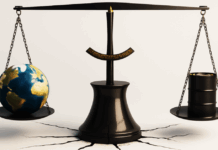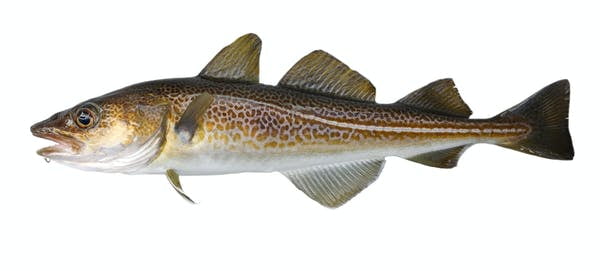THE discarding of fish at sea – known as “bycatch” – happens when fish have no commercial value or annual quotas for a commercial species are limited. It is widely regarded as a wasteful and unsustainable practice. A shocking 267 000 tonnes of fish were dumped in the North Sea in 2010. To reduce this waste, in 2013 EU member states agreed to the introduction of the landing obligation in EU waters. In January 2019, this was fully enforced, effectively serving as a ban on discarding commercial species.
The implementation of this ban created the so-called “choke species” problem. Choke species are fish with catches limited by annual quotas but which cannot easily be avoided or, under the landing obligation, discarded. This potentially results in the early tie-up of a fishing boat if that vessel’s annual quota for the choke species is exhausted before their quotas for other fish species are used up.
One way of reducing the catch of choke species is for fishers is to avoid areas and times where the likelihood of encountering the species is highest. But this poses a technical challenge: how can a fishing boat know when and where these unwanted choke species are without catching them in the first place?
Real-time reporting
A bespoke software came out of a collaborative process is called Bycatch Avoidance Tool using mapping – BATmap. It was launched in June 2020 and participation was voluntary, with only fishers who agreed to contribute data being enrolled.
Results so far
Since its launch, more than 2 971 catch reports have been submitted to BATmap, with 85 and 29 alerts triggered for cod and spurdog respectively. There are currently 14 vessels using BATmap.
Looking ahead, we are cautiously optimistic that real-time reporting will become firmly established as part of day-to-day fishing operations on the west coast of Scotland.
- First published in The Conversation. https://theconversation.com/















